We have gotten our best look at a Ukrainian 9K33 Osa (SA-8 Gecko) mobile short-range air defense system (SHORADS) armed with the Soviet-era R-73 (AA-11 Archer) infrared-guided air-to-air missile. While other such systems have typically integrated Western missile armament on existing Ukrainian ground-based air defense systems — known as ‘FrankenSAMs’ — this one is notable for being a domestic initiative combining a Soviet-era SHORADS vehicle with Soviet-era air-to-air missiles.
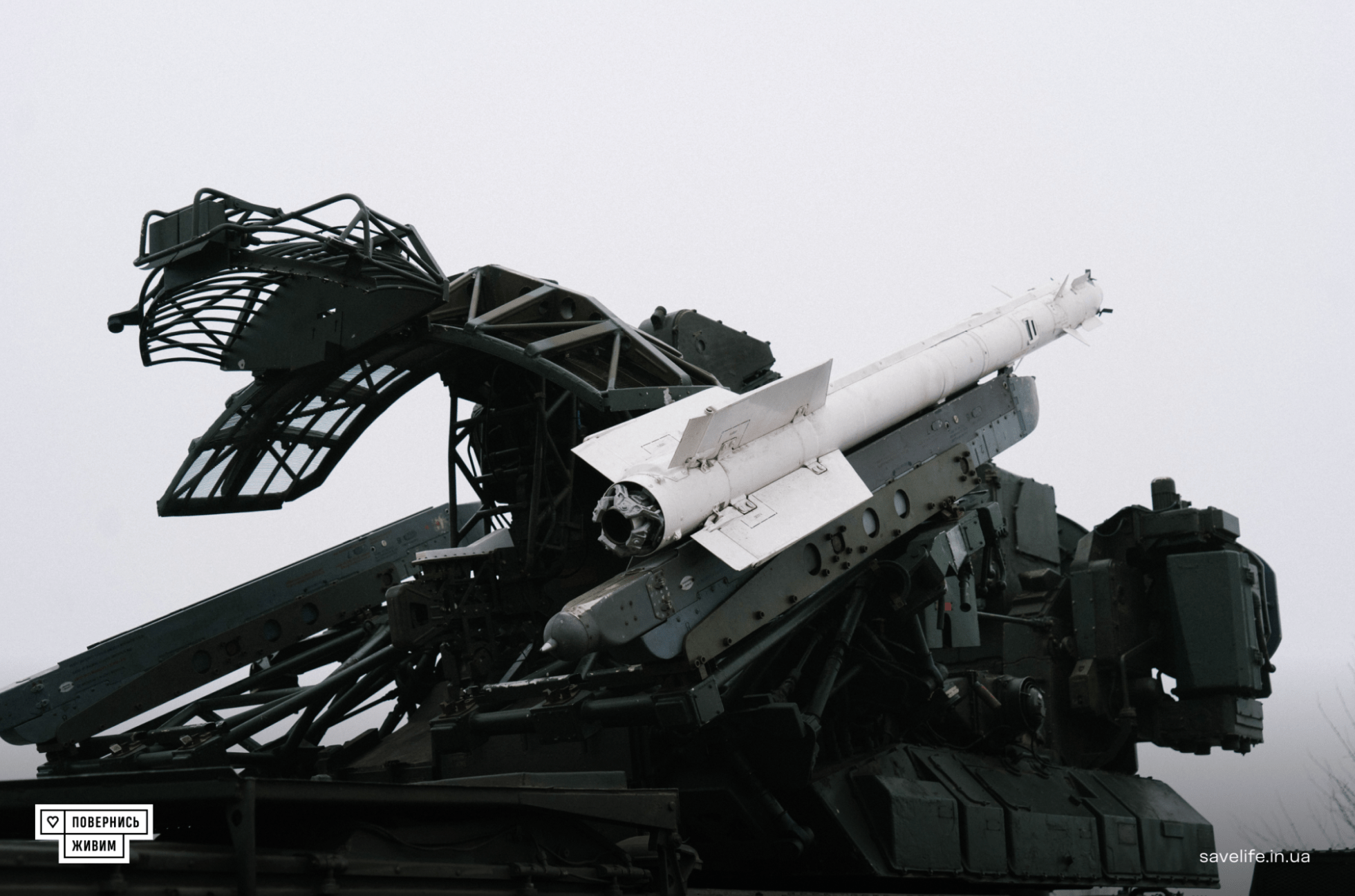
Photos of the upgraded Cold War-era Osa were published by Come Back Alive, a Ukrainian foundation that provides support to Ukrainian Armed Forces service members, including purchasing arms and equipment and providing additional training. The photos show an Osa armed with a single R-73 missile mounted on a rail on the right-hand side of its existing missile/radar turret. While there’s capacity for another missile to be fitted on the left-hand side, this isn’t loaded in these views.
In its original form, the Osa-AKM version operated by Ukraine carries six 9M33 series missiles in box-type containers, three on each side of the turret. Earlier versions of the Osa carried four missiles.
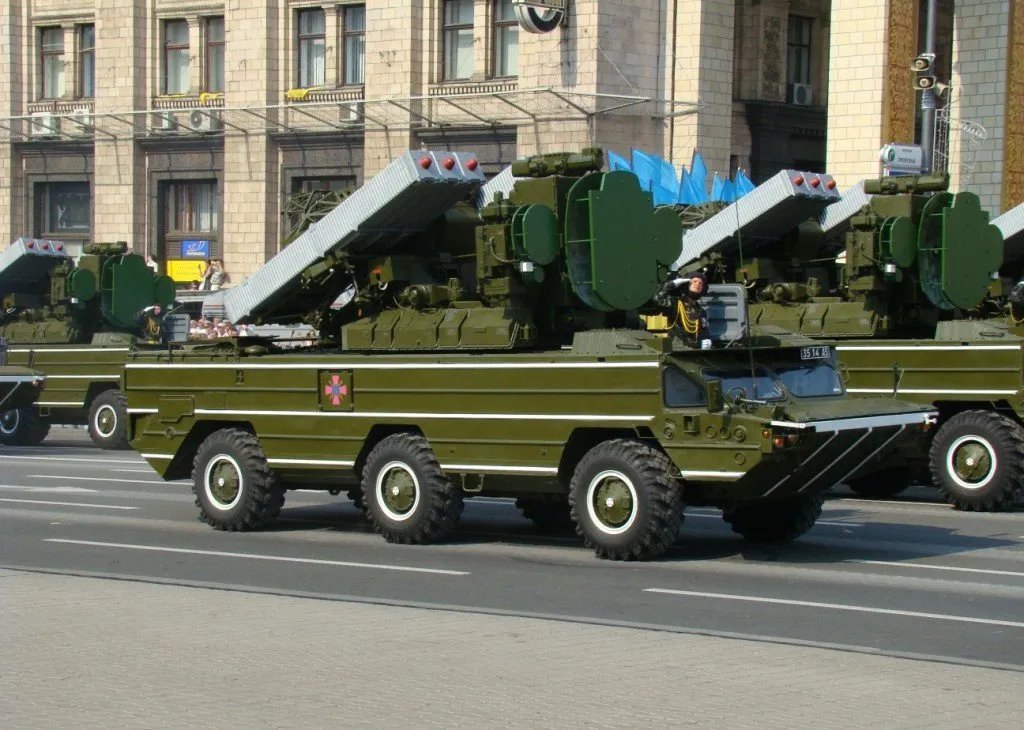
Otherwise, the upgraded Oka retains the usual fully amphibious six-wheeled BAZ-5937 transport vehicle chassis. Mounted on this, the turret of the upgraded Osa appears to have the same H-band elliptical surveillance antenna (shown in the folded position) and the J-band engagement antenna mounted at the front, which is flanked by a smaller missile tracking radar on each side.
This is not the first time we’ve seen the upgraded Osa with R-73 missiles, with a previous, lower-quality photo emerging in the spring of this year, this time with two missiles loaded. At the time, it was reported that the modification involved adding the APU-73 missile rail (the usual interface between the R-73 and an aircraft pylon) and unspecified “additional equipment.”
The result was claimed to marginally increase the range of the SHORADS, compared with its original missile armament.
The Osa-AKM, or SA-8B Gecko Mod-1, as used by Ukraine, originally was armed with 9M33M3 missiles that have a maximum range of 9.3 miles and a maximum altitude of up to 40,000 feet.
The R-73, in air-launched form, has a maximum range of 18.6 miles against a head-on target of 8.7 miles against a tail-on target. A ground-launched application would have reduced range since the missile wouldn’t benefit from the speed and altitude parameters of the launch aircraft. In this case, it’s perhaps more relevant to look at the seeker range of the R-73, which would remain broadly the same for ground launch: 6.2-7.5 miles.
While these figures seem to conflict with the claim that the surface-launched R-73 offers improved range over the original missile, it should be noted that the published performance figures for the 9M33M3 are very much under ideal conditions and in real-life engagements its range would be significantly less.
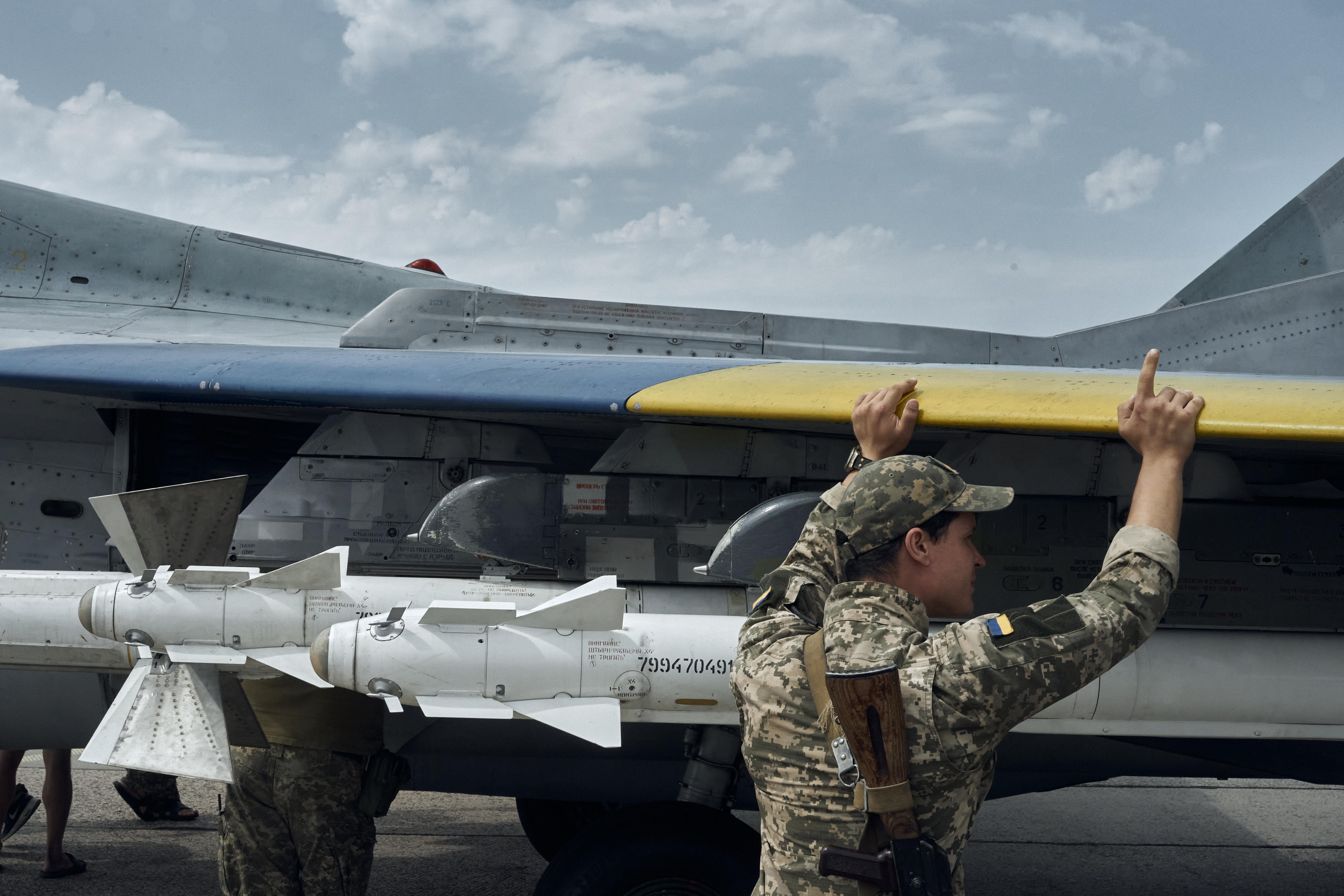
The program was said to be a response to the dwindling stocks of the original 9M33 series missiles for the Osa, which have been greatly depleted, especially in dealing with low-level Russian drones and cruise missiles. The Osa system is also used to deal with low-level fixed-wing and helicopter threats over the battlefield.
On the other hand, R-73 missile rounds exist in much greater numbers, aided by the fact that important parts of the weapon — notably its infrared seeker — were built in Ukraine. As the standard close-range Soviet air-to-air missile, it was also issued to air force units in huge numbers. Today, it remains part of the standard armament for Ukrainian Air Force MiG-29 Fulcrum and Su-27 Flanker fighters.
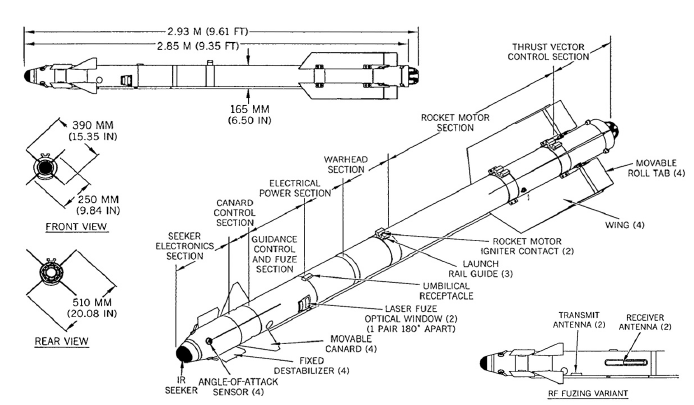
According to the latest information published by Come Back Alive, the foundation invested over 14 million hryvnias (around $336,000) in the Osa upgrade project. Although it doesn’t reveal how many of the systems were upgraded, it notes that Osa regiments within the Ground Forces of the Armed Forces of Ukraine have received the upgraded systems.
Adding to the flexibility of the system, the same launcher vehicle can be armed with R-73s or 9M33M3s, presumably also being configured with a mix of missiles if required.
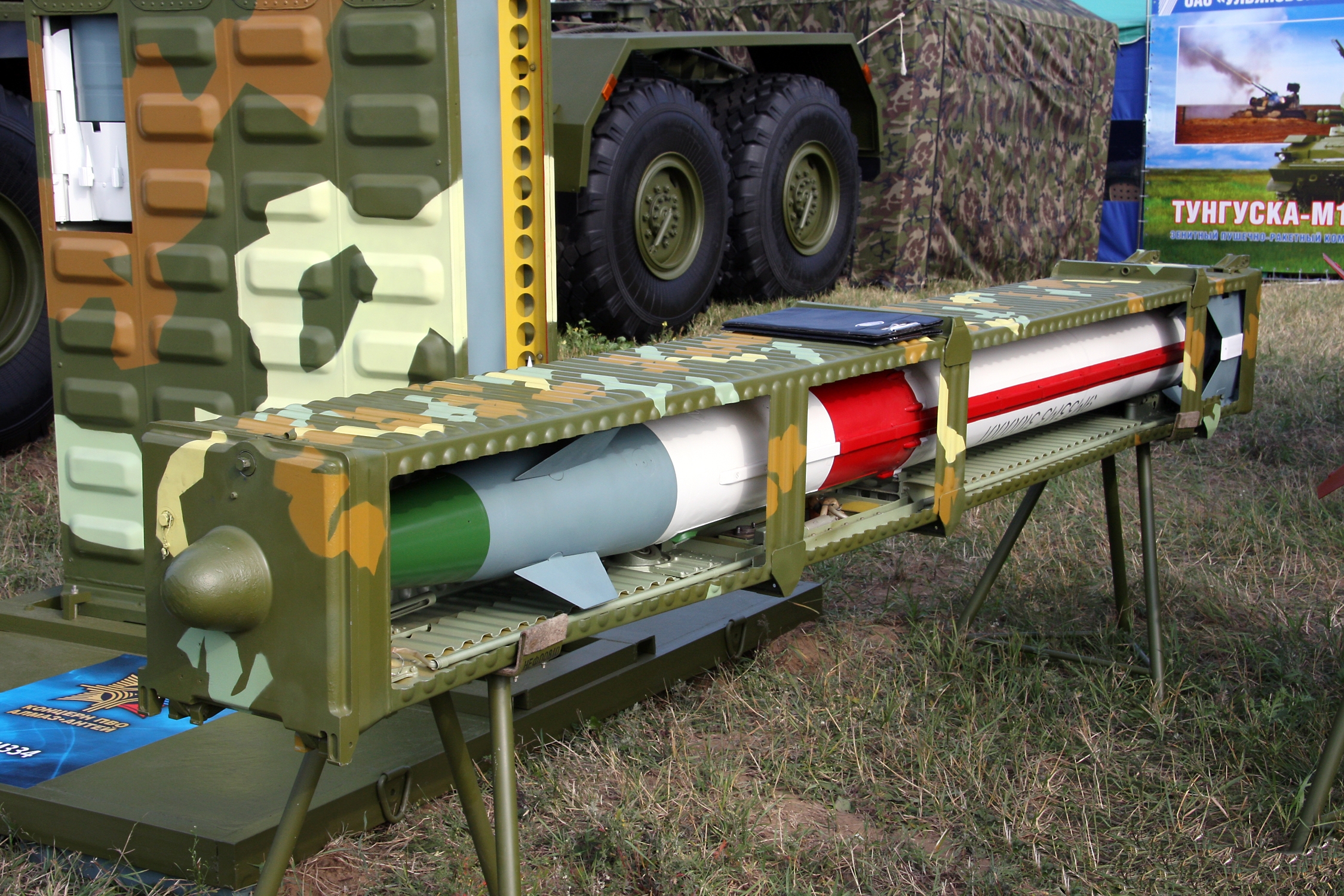
In a major advantage over the 9M33 series, the R-73 uses infrared guidance, meaning it’s a ‘fire and forget’ missile. Once launched, the vehicle can move away from the firing position. Using the older missile, the vehicle needs to keep tracking the target and the missile, as well as sending guidance commands to the missile.
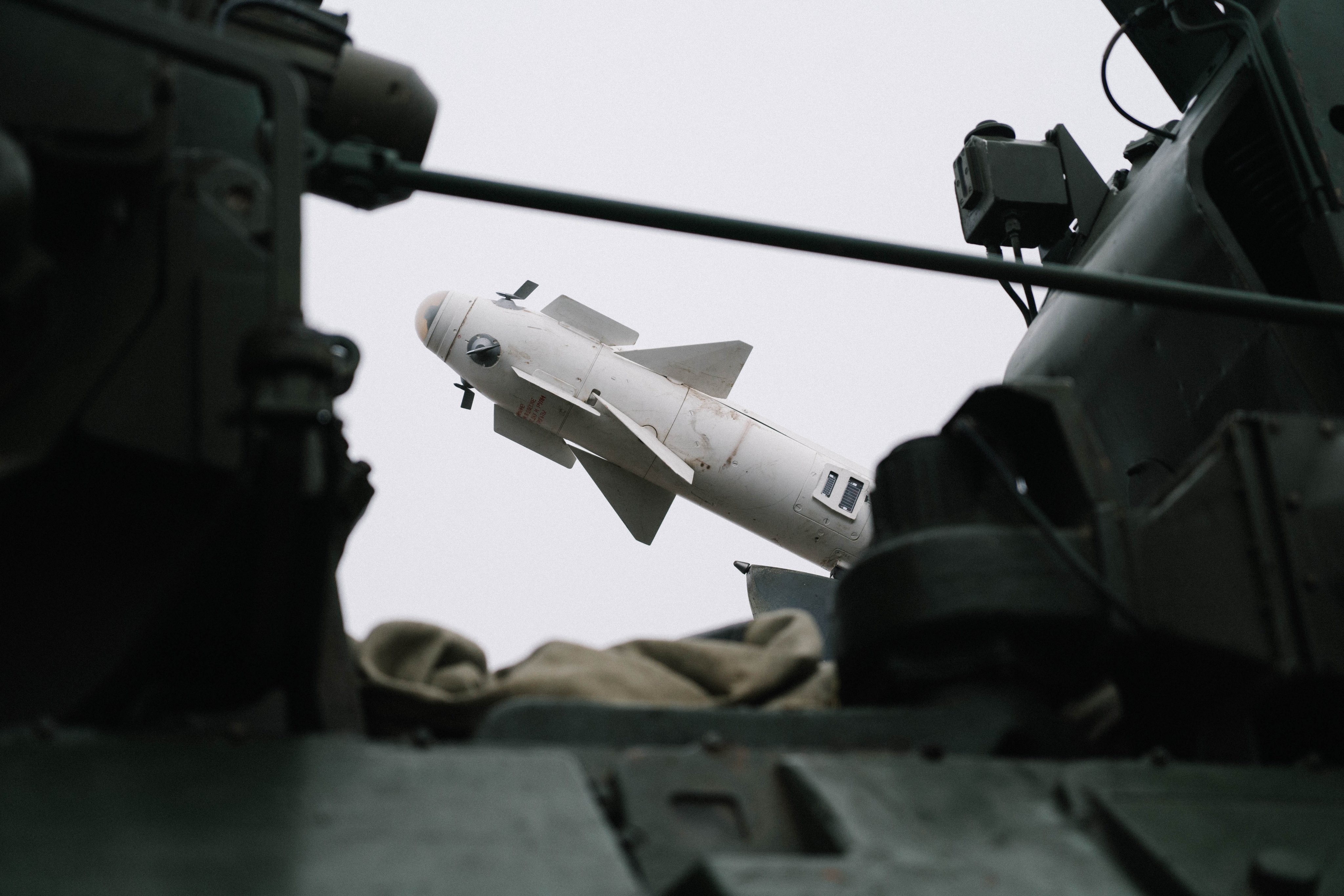
Also, as TWZ has discussed in previous coverage of the missile, the R-73 is a high-off-boresight (HOBS) weapon, with a seeker that can articulate in any direction much farther than a traditional heat-seeking air-to-air missile with a fixed non-HOBS seeker that stares directly forward. Aided by a helmet-mounted sight, the Archer can be launched in air-to-air engagements against targets with off-boresight angles of +/-75 degrees. This gives the R-73 the potential to be a particularly potent, albeit improvised threat for locking onto and engaging dynamic targets with minimal assisting sensors when used in a surface-launched form. Clearly, Ukraine has also developed a way of using this HOBS capability remotely to ensure this weapon is effective at all.
There are several precedents for air-to-air missiles being adapted for surface launch, both as anti-aircraft weapons and even for the bombardment of ground targets. The Yemen-based Houthi militants, in particular, have adapted R-73s for surface launch against aircraft targets, and used them in combat, as you can read about here.
While there are similarities with the FrankenSAM program, the fact that the upgraded Osa doesn’t require Western missiles — or other Western technical expertise — means that it can be undertaken entirely domestically.
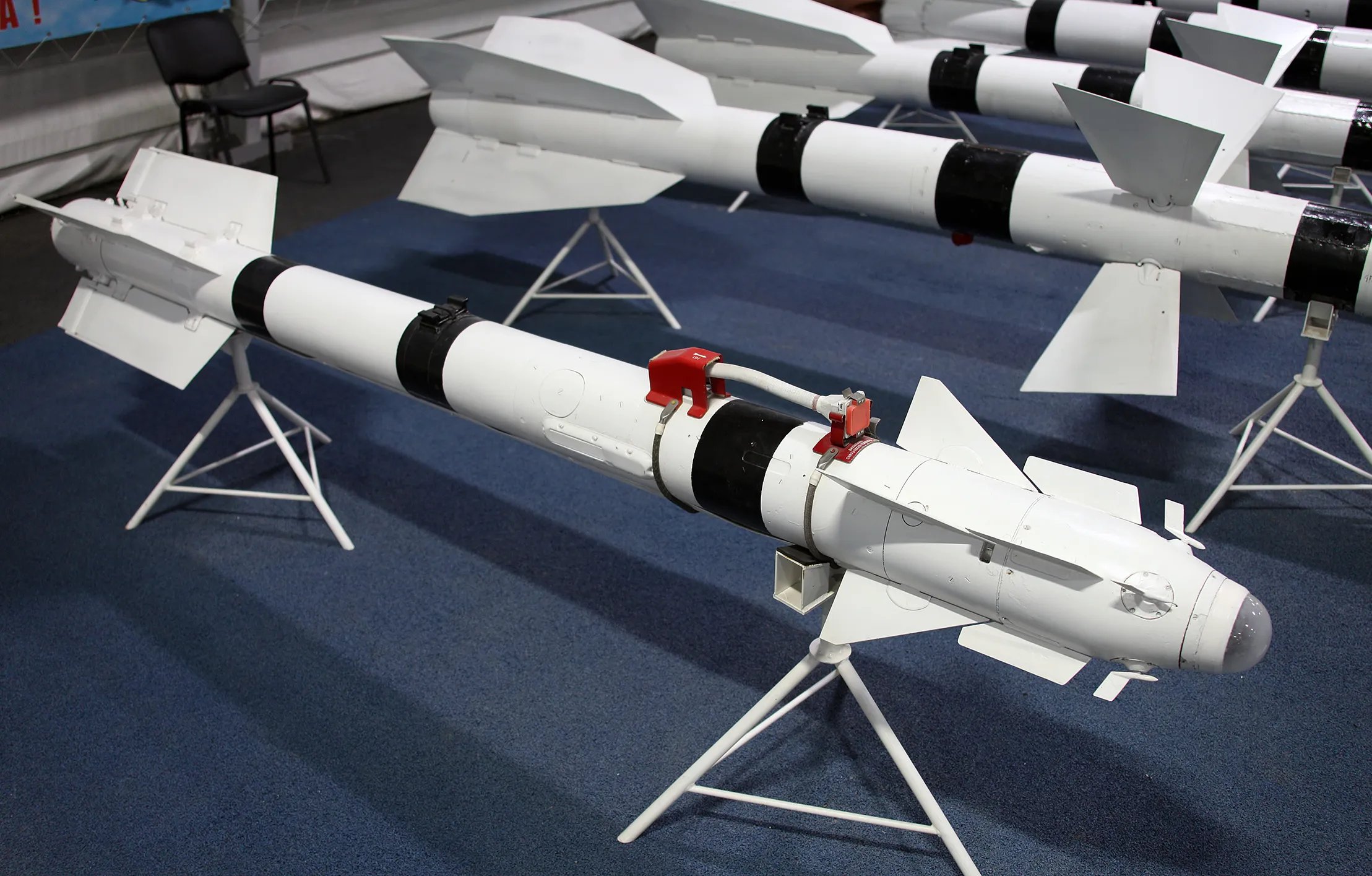
While it doesn’t rely on continued deliveries of Western missiles, it’s conceivable that the Osa platform could also be configured to fire Western AIM-9 Sidewinder air-to-air missiles. These are fairly similar to the R-73, with the same infrared guidance principle. Examples of the Sidewinder have already been donated to Ukraine by its Western allies, for use in a FrankenSAM solution, although it’s still not clear what platform they have been integrated on.
In the past, TWZ noted that the AIM-9 could lend itself to arming an upgraded Osa-based FrankenSAM. There is something of a precedent for this, with the Polish defense contractor PGZ having previously pitched a broadly similar Osa conversion with the European IRIS-T missile as its effector.
Meanwhile, the first FrankenSAM system to be seen in detail in official imagery comprises a Soviet-era Buk (SA-11 Gadfly) mobile surface-to-air missile system armed with radar-guided RIM-7 Sea Sparrow missiles. However, the similar AIM-7 Sparrow air-to-air missile has also been provided to Ukraine and is also understood to be employed in one or more FrankenSAM versions.
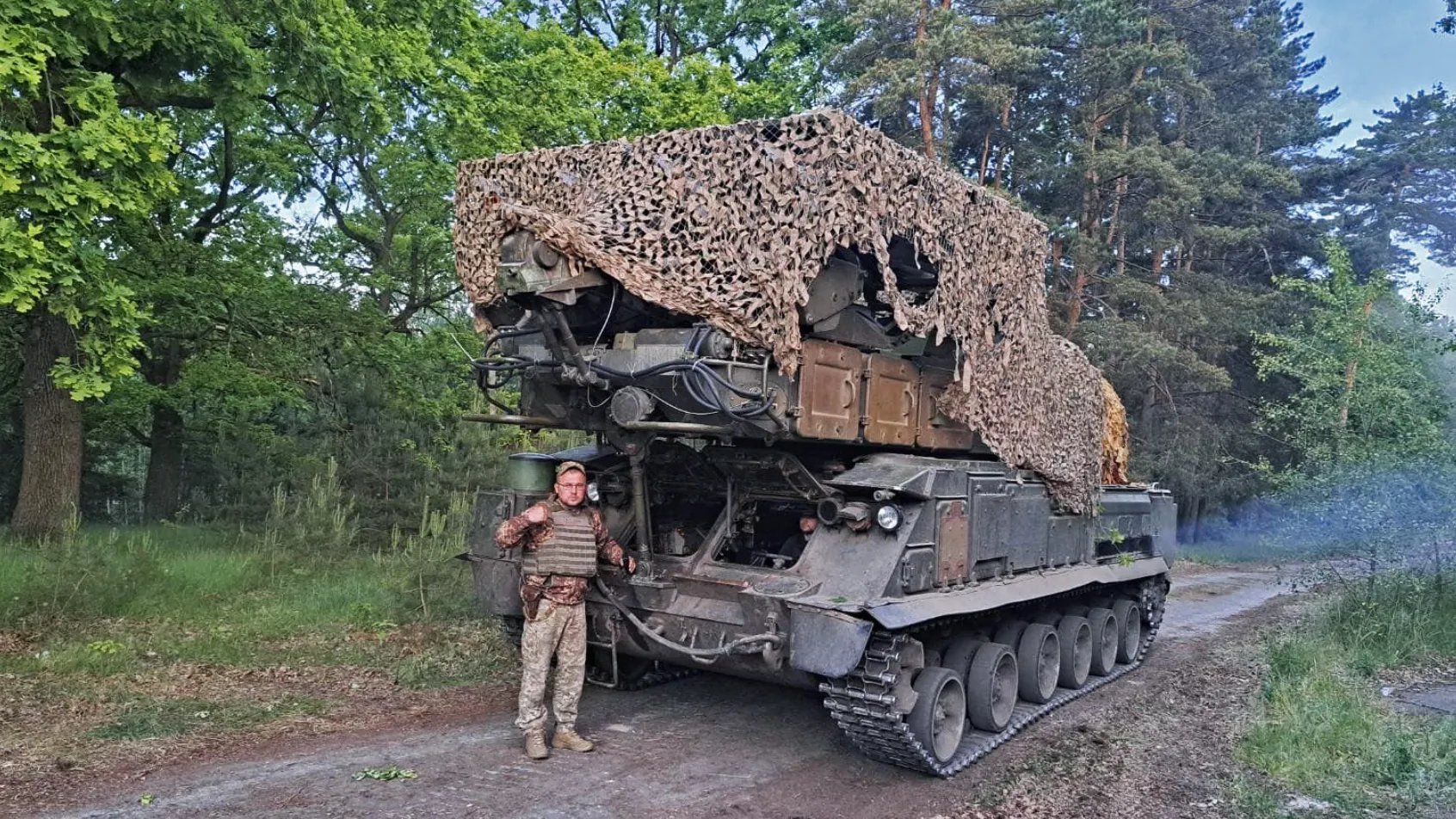
There is also understood to be a longer-range FrankenSAM that combines U.S.-designed Patriot surface-to-air missiles and their launchers with elements from existing Ukrainian air defense systems, which might include radars from the country’s S-300P (SA-10 Grumble) systems.
Outside of the FrankenSAM program, it’s worth noting that Ukraine’s stocks of R-73s have also been exploited for surface launch from uncrewed surface vessels (USVs), better known as drone boats. Ukrainian USVs operating in the Black Sea have been seen armed with R-73s, to provide the USVs with protection against the Russian helicopters and fixed-wing aircraft that are increasingly being used to counter them, as well as to offer an offensive anti-air capability in the same theater.
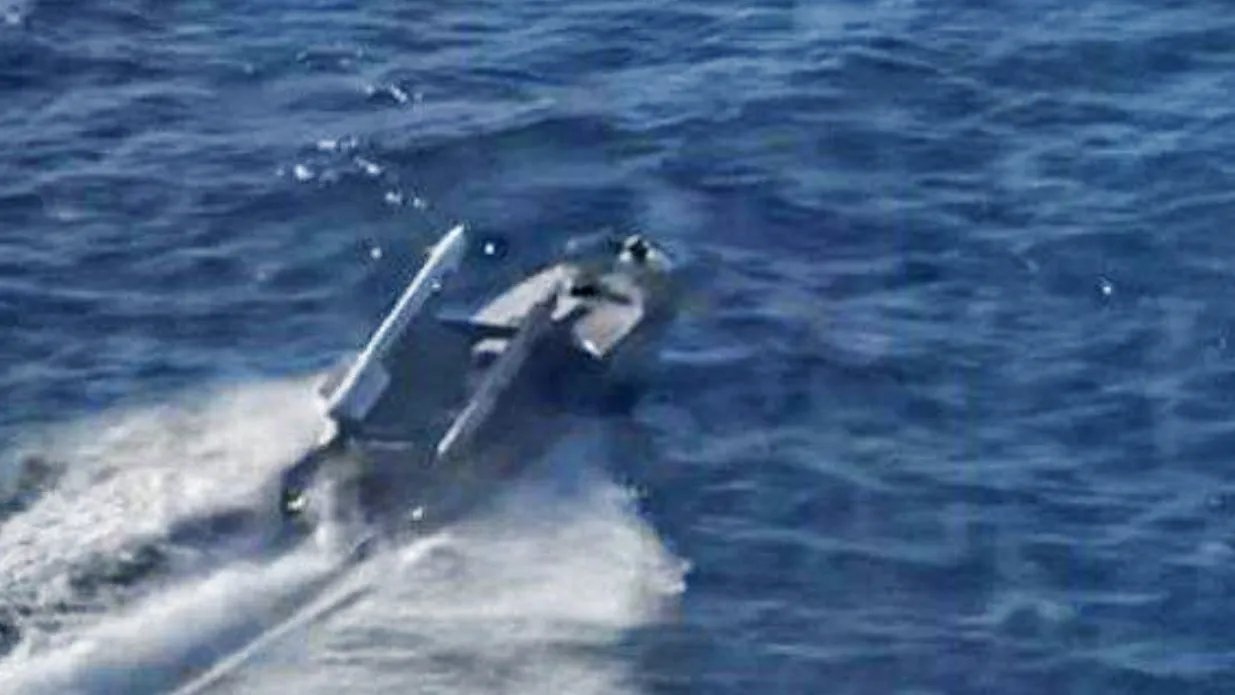
In May of this year, videos released by the Russian Ministry of Defense showed a Ukrainian USV armed with an R-73 coming under attack from a Russian Navy Ka-29 Helix-B assault helicopter. The USV performed some hard maneuvers to try and escape the Ka-29 but was eventually destroyed, apparently by gunfire.
Returning to the Osa, the number of these systems that were available to Ukraine prior to the start of Russia’s full-scale invasion is unclear, although at least 21 examples have been confirmed as destroyed, damaged, or captured since February 2024, according to the Oryx open-source tracking group. However, more could have been lost because Oryx only tabulates losses for which it has visual confirmation.
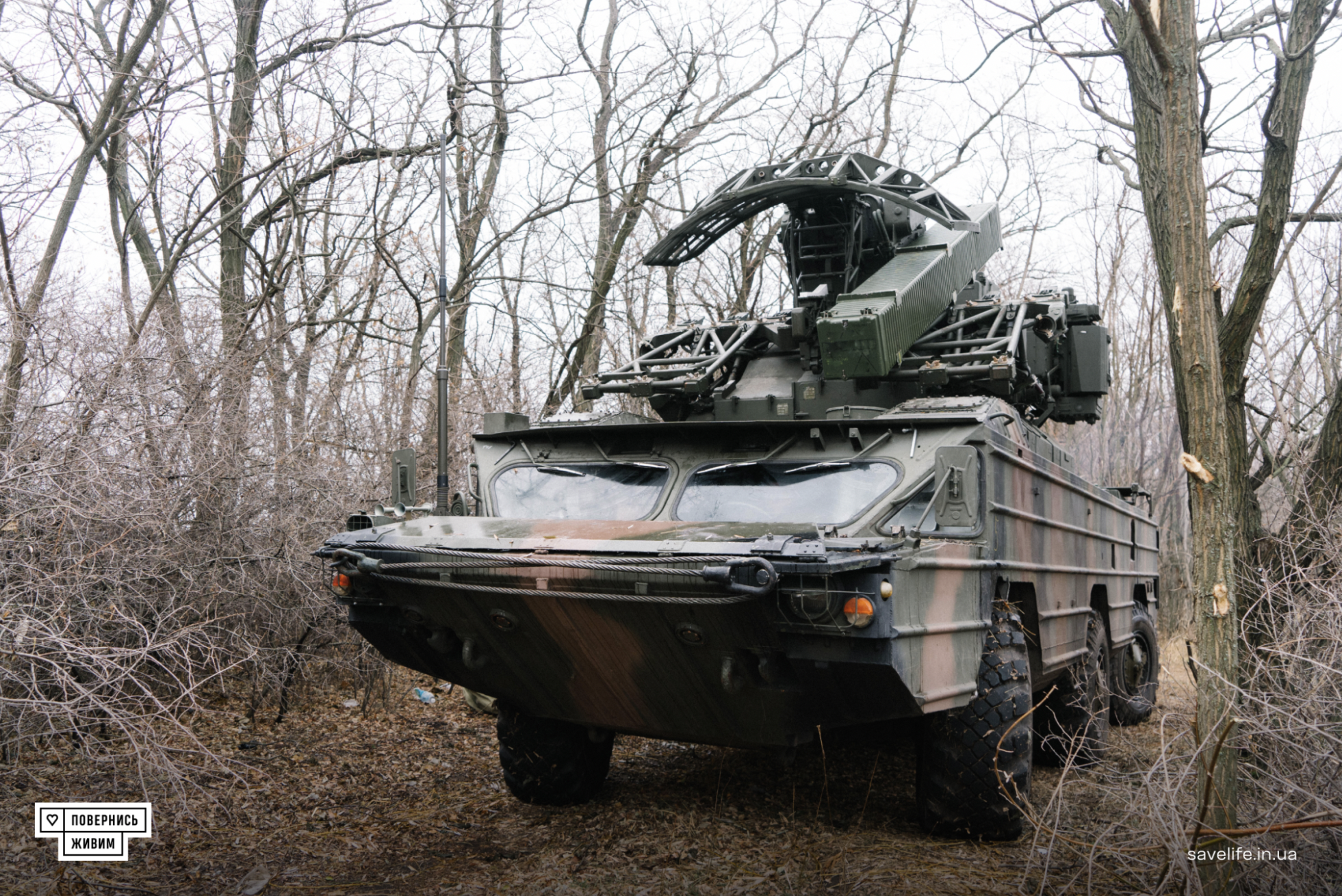
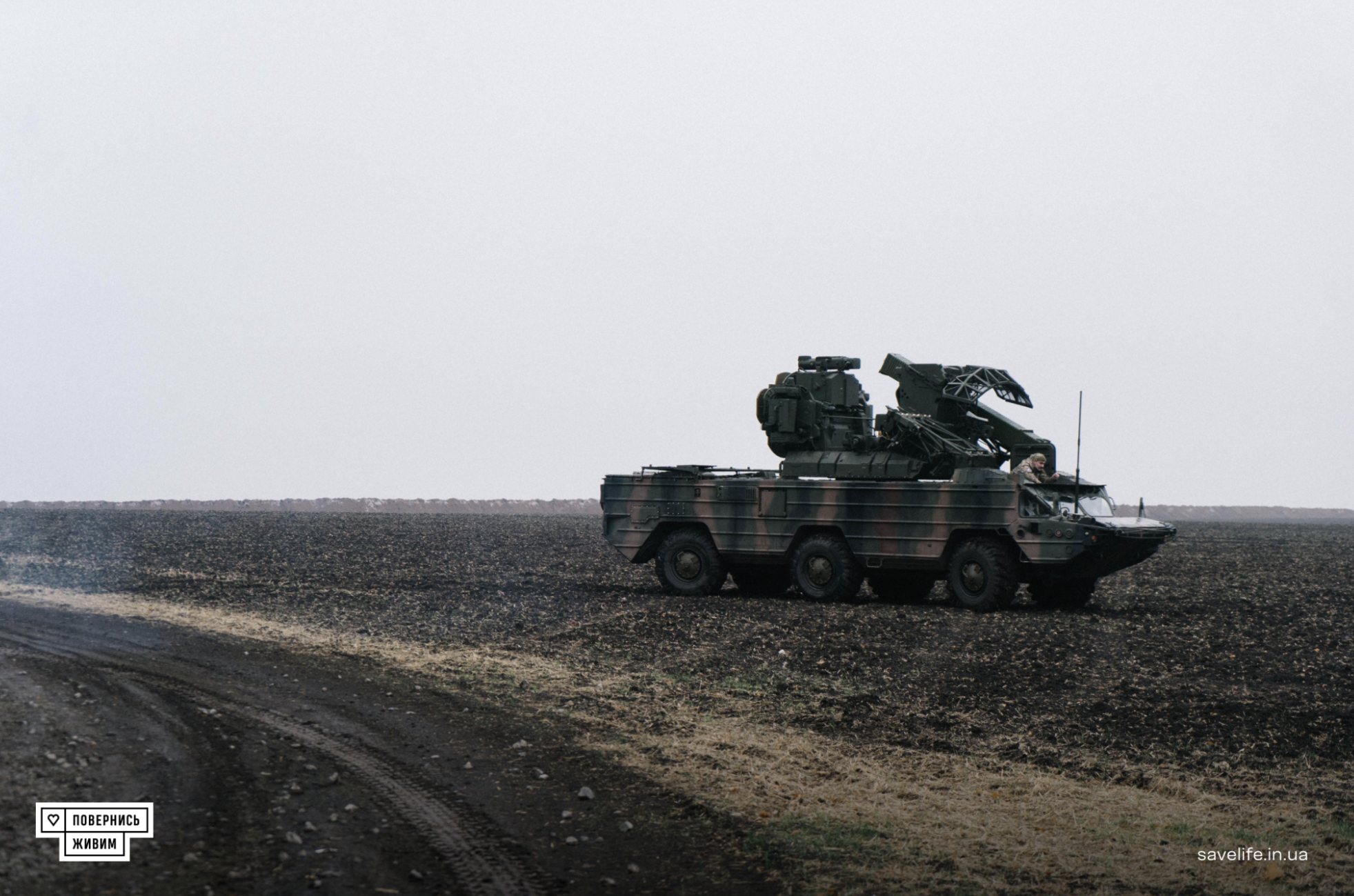
Regardless, Ukraine clearly has enough surviving systems to make it worthwhile launching a multi-million-dollar upgrade initiative. Despite its age, the basic Osa remains effective and, within NATO, is in use with Bulgaria, Greece, Poland, and Romania. As we have noted in the past, any of these nations could potentially be willing to give up their Osa systems, especially if inventories were backfilled with more modern SHORADS systems.
For now, the upgraded Osa will be a very welcome boost for the Ukrainian air defenses, with the ground-based air defense element, in particular, having been very heavily worked, especially in the face of large-scale Russian drone attacks that have struck across the country in recent months.
Contact the author: thomas@thewarzone.com
